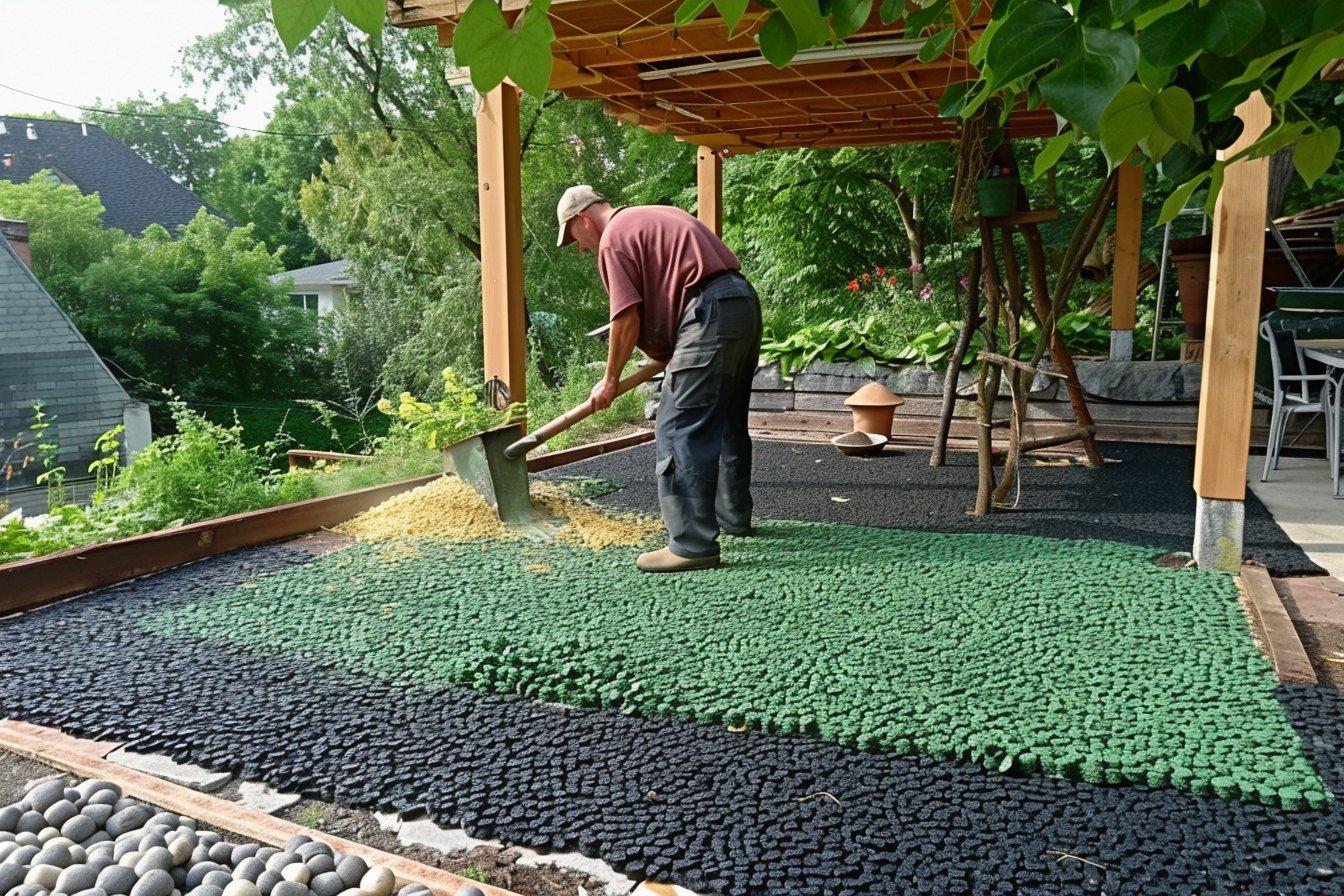Seasonal Care Calendar for Year-Round Outdoor Plant Health
A practical seasonal care calendar helps outdoor plants thrive through changing temperatures, rainfall, and pest cycles. This article lays out seasonal tasks for landscapes, containers, patios, and balconies, and explains water-wise approaches, soil building, and pollinator support for durable plant health year-round.

A simple seasonal care calendar turns reactive maintenance into routine stewardship. Begin with a site assessment—note soil texture, sun exposure, drainage, and any existing plant stress—so seasonal tasks align with specific needs. Regular seasonal pruning, timely irrigation adjustments, and steady composting prevent many problems before they start. Whether you manage a sprawling landscape, a drought-tolerant xeriscape, or containers on a balcony or patio, planning work by season reduces waste, supports pollinators, and extends the life and vigor of plantings.
Landscaping: Seasonal task scheduling
Effective landscaping depends on timing. Late winter and early spring are ideal for diagnostic pruning, removing winter-damaged branches, and tidying beds before growth resumes. Spring is also a good time to topdress beds with compost and refresh mulch once soils warm. Plant trees and shrubs in spring or fall for best root establishment, and inspect hardscaping near planted areas to prevent drainage issues. Regular seasonal care rounds—checking for pests, staking young plants, and correcting soil compaction—keep a landscape resilient and predictable throughout the year.
Xeriscaping and irrigation steps
Xeriscaping emphasizes low water use and smart irrigation. In spring, test drip irrigation systems and flush lines to remove winter debris; replace damaged emitters. Increase run times sparingly as temperatures rise and switch to early-morning watering to limit evaporation. Summer monitoring is essential—check for signs of stress and adjust schedules during heatwaves. In autumn, gradually reduce irrigation as plants enter dormancy, and winterize exposed aboveground equipment where freezes occur. Selecting drought-tolerant species reduces overall water demand and simplifies seasonal irrigation adjustments.
Containers, patio, and balcony care
Containers on patios and balconies need more hands-on seasonal attention than in-ground beds because they dry and cool rapidly. In spring, refresh potting mix with compost and replace a portion of old soil; check for root-bound plants and repot if necessary. During summer, increase watering frequency, use well-draining mixes, and provide afternoon shade for heat-sensitive species. Employ vertical planting to maximize space and encourage airflow. In autumn move frost-tender containers to sheltered spots and insulate ceramic pots to prevent freeze-thaw damage over winter.
Native plants and pollinator support
Choose native plants adapted to local conditions to reduce maintenance and support native pollinators. Schedule planting of perennials and shrubs in spring or fall around local frost dates, allowing roots to establish in moderate conditions. Maintain a sequence of bloom times to provide forage throughout the season, and leave some seedheads or perennial stems over winter where safe to offer habitat. Avoid broad-spectrum pesticides, and use targeted, low-toxicity controls when needed to protect bees, butterflies, and other beneficial insects that sustain productive plant communities.
Composting, mulching, and soil care
Seasonal soil management improves resilience. Apply compost in spring and fall to enhance structure, water retention, and nutrient cycling. Lay 2–4 inches of mulch after planting to conserve moisture and suppress weeds, replenishing mulch as needed in late spring. Test soil periodically to monitor pH and nutrient status, and amend based on results rather than assumptions. Permaculture techniques—such as sheet mulching, layering organic matter, and minimizing bare soil—help build a living soil that buffers plants through seasonal extremes and reduces overall maintenance needs.
Hardscaping and permaculture maintenance
Seasonal checks for hardscaping and permaculture features preserve both function and aesthetics. Inspect patios, retaining walls, and pathways in spring and fall for movement, drainage issues, or accumulated debris. Maintain rainwater-harvesting systems and swales to direct runoff into planting areas, recharge soil moisture, and reduce erosion. Adjust plant guilds around structures so roots stabilize slopes and selected species provide ecosystem services like nitrogen fixation or pest suppression. Regular small repairs and seasonal pruning around structures prevent larger, costlier problems later.
A seasonal care calendar tailored to your microclimate and site conditions balances watering, soil health, and structural maintenance to support year-round plant health. Prioritize water-wise plant selection like drought-tolerant varieties, incorporate native plants to bolster pollinators, and build soil through composting and mulching. Consistent seasonal attention—rather than sporadic intensive interventions—creates resilient outdoor spaces for patios, balconies, containers, and larger landscapes without unnecessary resource strain.





